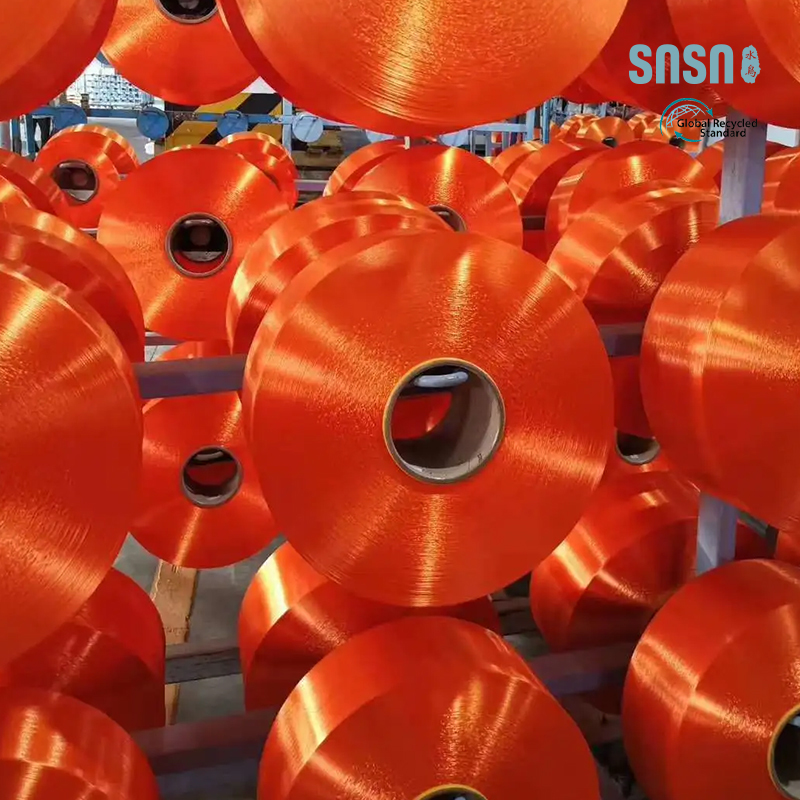In an era where environmental responsibility is no longer optional but imperative, the textile sector is undergoing a transformative shift. At the forefront of this movement stands Recycled Partially Oriented Yarn (POY) —a groundbreaking innovation that redefines how fabrics are produced, consumed, and ultimately, how they impact the planet.
Traditionally, POY has been a staple in synthetic fiber manufacturing, serving as the foundational filament for further processing into high-strength textiles. But conventional production methods have long carried a heavy ecological footprint, relying heavily on virgin petroleum-based resources. Recycled POY flips this paradigm by repurposing post-consumer and post-industrial polyester waste—such as discarded PET bottles and industrial scrap—into a versatile raw material for yarn production.
The process begins with meticulous sorting and cleaning of waste materials, followed by melting and extrusion into polymer chips. These chips are then spun into filament yarns, retaining the essential properties of traditional POY while drastically reducing reliance on fossil fuels. The result? A sustainable alternative that maintains performance standards without compromising on quality or durability.
Beyond its environmental benefits, Recycled POY offers compelling economic advantages. As global demand for sustainable textiles surges, manufacturers adopting recycled inputs gain a competitive edge. Brands integrating this fiber into their supply chain can proudly tout reduced carbon emissions, minimized landfill contributions, and a measurable commitment to circular economy principles—all while meeting stringent regulatory and consumer expectations.
Fashion houses, sportswear giants, and home textile producers alike are increasingly embedding Recycled POY into their product lines. From activewear with moisture-wicking capabilities to luxurious drapery fabrics, the versatility of this material knows few bounds. It performs seamlessly across knitting, weaving, and non-woven applications, making it a go-to solution for diverse end-uses.

Moreover, the adoption of Recycled POY aligns with major sustainability certifications such as Global Recycled Standard (GRS) and OEKO-TEX®. These benchmarks not only validate the authenticity of recycled content but also assure consumers of ethical sourcing and low chemical impact—factors that significantly influence purchasing decisions in today’s conscious marketplace.
Yet, despite its promise, widespread integration of Recycled POY is not without challenges. Ensuring consistent fiber quality, managing fluctuating feedstock availability, and navigating higher initial processing costs remain hurdles for some stakeholders. However, advancements in recycling technology and growing industry collaboration are steadily addressing these concerns, paving the way for broader acceptance.
As governments tighten environmental regulations and investors prioritize green portfolios, the momentum behind Recycled POY is unlikely to wane. It represents more than just a material—it embodies a shift in mindset, from extraction to regeneration, from waste to worth.
Recycled POY is not merely an alternative; it is a necessity in the journey toward a cleaner, more responsible textile future. By transforming yesterday’s waste into tomorrow’s wardrobe, it bridges the gap between ecological stewardship and industrial progress. For brands willing to lead, the opportunity is clear: embrace innovation, elevate sustainability, and weave a legacy that transcends fashion cycles.

 English
English عربى
عربى Türk
Türk Español
Español



















